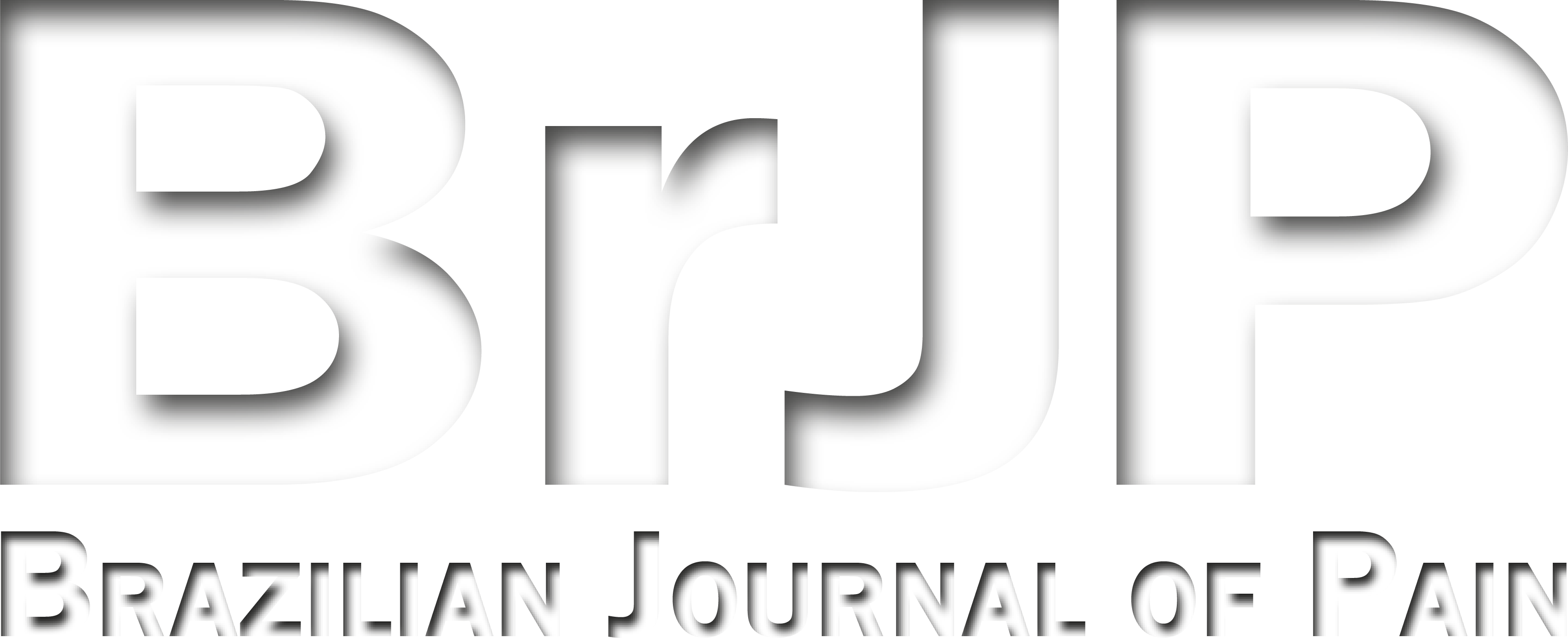Musculoskeletal changes and pain in Parsonage Turner syndrome patients: integrative review
Alterações musculoesqueléticas e dor em pacientes portadores da síndrome de Parsonage Turner: revisão integrativa
Iago Lisboa Santos; Vitor Guida Souza
Abstract
Keywords
Resumo
Palavras-chave
References
Santos RBM, Santos SM, Carneiro Leal FJ, Lins OG, Magalhães C, Mertens Fittipaldi RB. Parsonage-Turner syndrome. Rev Bras Ortop. 2015;50(3):336-41.
Milner CS, Kannan K, Iyer VG, Thirkannad SM. Parsonage-Turner syndrome: clinical and epidemiological features from a hand surgeon's perspective. Hand. 2016;11(2):227-31.
Al khalili Y, Jain S, Decastro A. Brachial Neuritis". 2020.
Sundaram S, Schafhalter-Zoppoth I. Acute shoulder pain followed by shoulder weakness and atrophy: a characteristic presentation of Parsonage-Turner syndrome. J Gen Inter Med. 2018;33:231.
Greenhill DA, Abdelfattah H, Torg JS, Sewards JM. Atypical presentation of Parsonage-Turner syndrome confounded by surgical rotator cuff injury. BMJ Case Rep. 2017;2017:bcr2017220532.
Upadhyaya V, Upadhyaya DN, Bansal R, Pandey T, Pandey AK. MR neurography in Parsonage-Turner syndrome. Indian J Radiol Imaging. 2019;29(3):264-70.
Ibrahim R, Krivitsky M, Nicola M, Zarour CC. Atypical Presentation of Parsonage-Turner Syndrome. Cureus. 2020;12(6).
Fransz DP, Schönhuth CP, Postma TJ, van Royen BJ. Parsonage-Turner syndrome following post-exposure prophylaxis. BMC Musculoskelet Disord. 2014;15:265.
Van Alfen N, van Eijk JJ, Ennik T. Incidence of neuralgic amyotrophy (Parsonage Turner syndrome) in a primary care setting--a prospective cohort study. PLoS One. 2015;10(5).
Charles E. Chiropractic management of a 30-year-old patient with Parsonage-Turner syndrome. J Chiropr Med. 2011;10(4):301-5.
Submitted date:
11/30/2020
Accepted date:
09/20/2021


